Lactic Acid
Uses of Lactic Acid
Primarily, Lactic Acid is extensively used for various skin conditions due to its beneficial properties. It falls under the category of alpha-hydroxy acids (AHAs), which are well known for their skincare benefits.
Additionally, Lactic Acid is used to manage conditions such as dry skin by promoting exfoliation and hydration. It is also used to address issues like acne, ageing skin, canker sores, and warts. However, it is important to note that the effectiveness of Lactic Acid for these conditions may vary across individuals, and further research is needed to confirm its efficacy.
Side effects of Lactic Acid
Stinging sensation
Skin redness
Burning or itching
Skin irritation
Dryness and peeling
How Lactic Acid works
Lactic Acid is an alpha-hydroxy acid (AHA).
It works by lowering the pH of its environment, which inhibits the growth of harmful microorganisms. In skincare, it acts as an alpha-hydroxy acid (AHA), promoting exfoliation by breaking down the bonds between dead skin cells, leading to smoother and more radiant skin. Additionally, lactic acid helps maintain skin hydration by enhancing the skin’s natural moisture-retention capacity.
Certified content
Written By

Doctor of Medicine
Reviewed By

BMS, FMC, MD Resident
Expert Advice
Dosage Forms Available
Lactic Acid is available for use via the topical route in the form of creams and lotions, which are applied on the skin.
It is also available as a mouthwash that is rinsed around in the mouth and then spit out.
For vaginal use, Lactic Acid is available in a form that can be applied inside the vagina.
Age and Dose Restrictions
This medicine is meant for adults.
Children under the age of 12 should not use products with Lactic Acid unless directed by a doctor.
Contraindications
Lactic Acid is contraindicated in individuals who have a known allergy to any alpha-hydroxy acids.
It should not be used on open wounds, cuts, or abrasions on the skin.
Other Medications to Avoid
Lactic Acid may interact with retinoids (such as isotretinoin and tretinoin), physical scrubs, benzoyl peroxide and salicylic acid.
Overdose and Missed Dose
An overdose of topical Lactic Acid may cause severe skin irritation, burning sensation, or redness. If you observe these symptoms, wash the affected area thoroughly with water and consult a doctor.
If you forget to apply your Lactic Acid product, apply it as soon as you remember. However, if it is close to the time for your next application, skip the missed dose.
Management of Side Effects
Most side effects are temporary and generally harmless and resolve when discontinuing this medicine. However, if you experience any severe side effects or worsening of any of the symptoms, please consult your doctor.
If you experience skin irritation, try using a milder concentration of the product.
If you notice an increase in sun sensitivity, always apply sunscreen before going out in the sun.
Use in Driving and Operating Machinery
Use of Lactic Acid does not affect your ability to drive or operate machinery.
Use in Pregnancy and Lactation
Topical use of Lactic Acid is likely safe during pregnancy and breastfeeding. Still, it is advised to consult your doctor before using this medicine during pregnancy and breastfeeding.
Caution in Other Conditions
People with sensitive skin or active skin conditions like eczema or rosacea should use Lactic Acid cautiously, as it may worsen certain skin conditions.
Special Dietary and Lifestyle Recommendations
Maintain a regular skincare routine that includes cleansing, toning, and moisturizing.
Limit sun exposure, wear protective clothing and use sunscreen with high SPF while using products containing Lactic Acid, as they can make the skin more sensitive to the sun.
Stay hydrated to help your skin stay healthy and supple.
Avoid smoking and excessive alcohol, as they can accelerate ageing and damage the skin.
Frequently asked questions
Is Lactic Acid a naturally occurring compound?
Yes, Lactic Acid is a naturally occurring compound; in fact, it is an alpha-hydroxy acid (AHA) that is produced by your body and found in fermented foods.
Does Lactic Acid have any effect on sleep?
There is no known direct link between the application of Lactic Acid and sleep alterations. However, if you experience any unusual changes in your sleep pattern after using Lactic Acid-based products, consult your doctor at once.
Can applying Lactic Acid affect fertility?
The use of topical Lactic Acid does not have any known effect on fertility. But if you have any concerns regarding this, it is best to consult with your doctor for proper advice.
Are there any particular food restrictions while using products with Lactic Acid?
No specific food restrictions are associated with the topical use of Lactic Acid. However, maintaining a balanced diet can generally support overall health, including skin health.
Is it safe to apply products containing Lactic Acid daily?
The safety of daily application depends on the concentration of Lactic Acid in the product and the individual's skin tolerance. It is advisable to start with a lower concentration and gradually increase as tolerated.
How much time does Lactic Acid take to show results on the skin?
Results from Lactic Acid vary depending on individual skin types and the concerns being treated. Some people may observe improvements in skin texture and hydration within a few weeks, while significant changes, like a reduction in fine lines, may take several months of consistent use.
What is the best time to apply products containing Lactic Acid?
There isn't a universally optimal time to apply products containing Lactic Acid. It typically depends on your skincare routine, the specific product instructions, and your skin's tolerance.
Lactic Acid in other salts
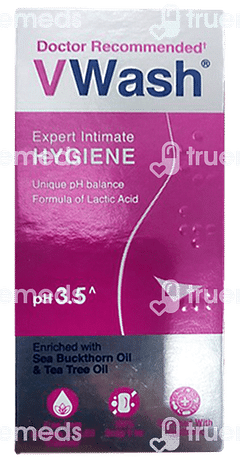

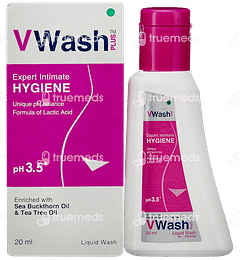
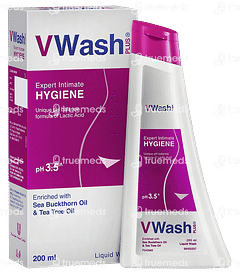
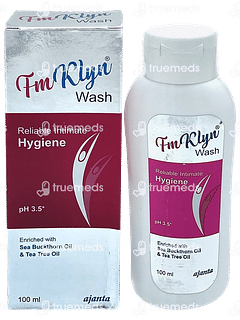
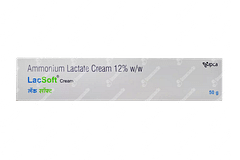
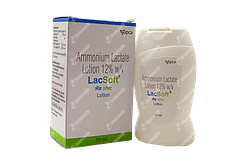
Subscribe
Claim your complimentary health and fitness tips subscription and stay updated on our newest promotions.
Download Truemeds
Manage your health with ease Download Truemeds today!Get easy access to medicine refills, health information, and more. With our app, you'll never have to wait in line again. Download now and start taking control of your health.

Contact Us
Our customer representative team is available 7 days a week from 9 am - 9 pm.
v3.4.14
Our Payment Partners








